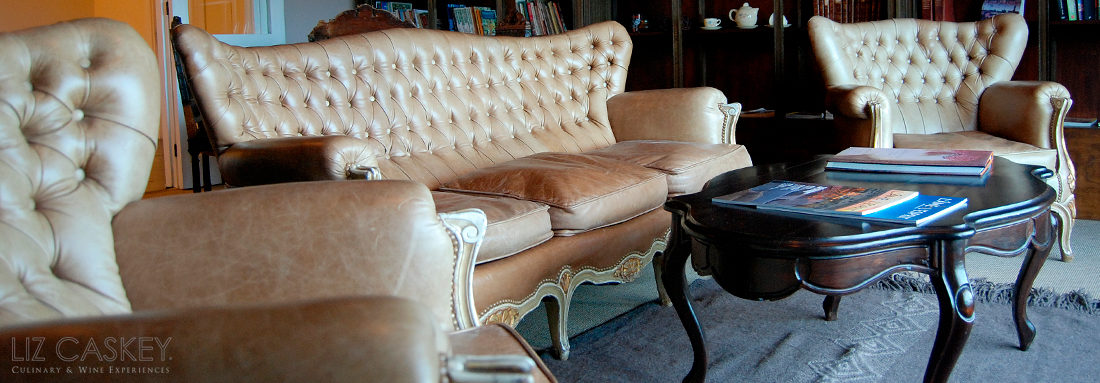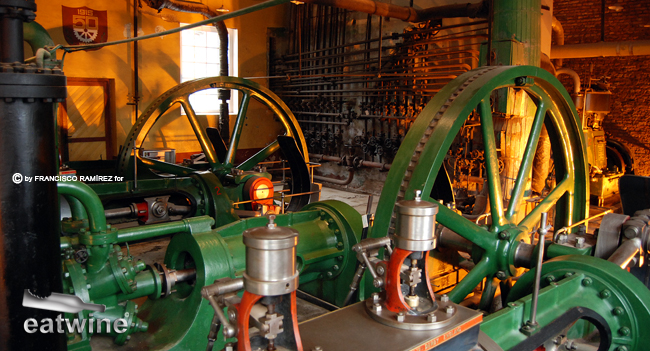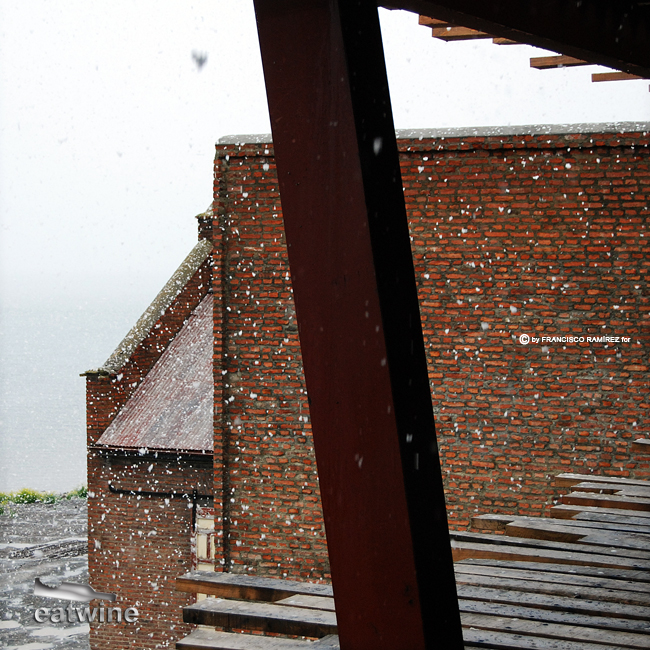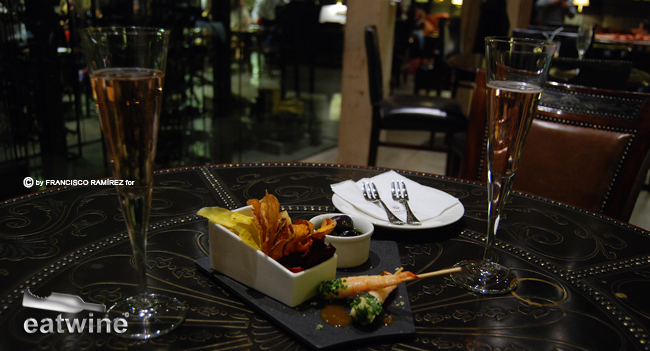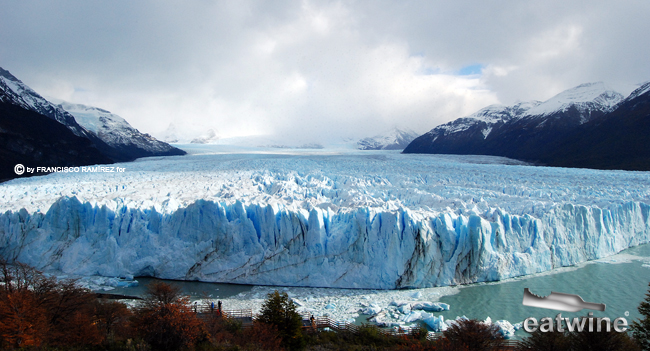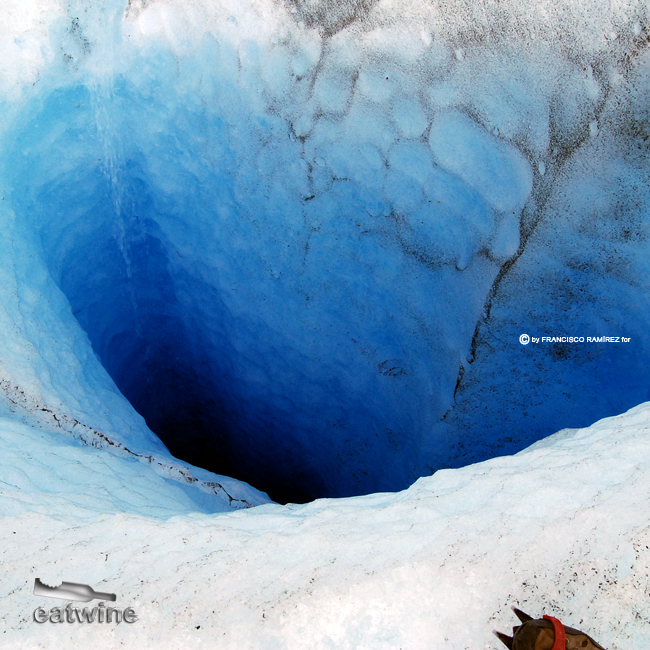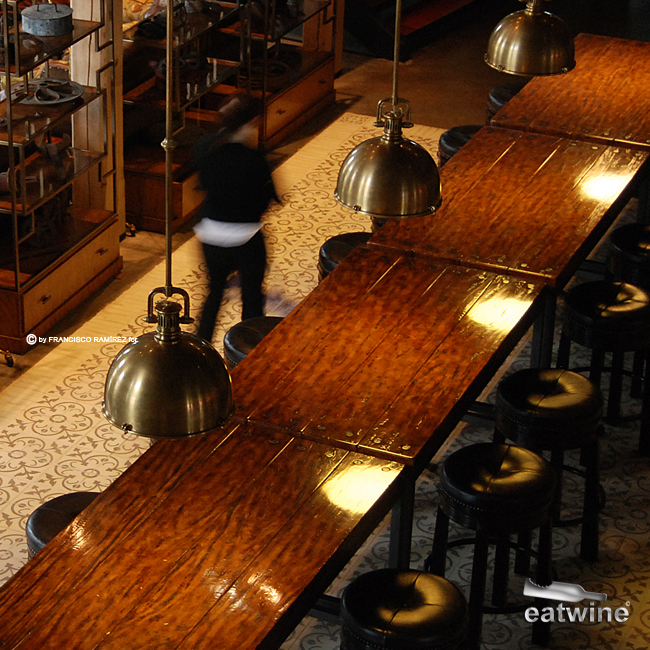
Over Semana Santa, my husband and I left behind the never-ending summer in Santiago and jetted to the end of the South American continent. Patagonia. This was my seventh trip to the region, and people appeared to be stumped what I could possibly be doing there again. Why do you go to Alaska, or the fjords of Norway, or the Grand Canyon? Nature. To experience a pristine, untouched corner of the world. Mountains, Ice, Fjords. Hiking, biking, walking, kayaking, horseback riding, and panoramic vistas at every bend. Being a city girl, sometimes it’s necessary to get into Mother Nature– touch her, feel her, hear her, see her, appreciate her. It’s therapy for urban living.
We flew to the southernmost city in Chile, Punta Arenas and traveled across the windblown estepa from the Straits of Magellan to the town of Puerto Natales, nearly three hours away on the Fjord of Last Hope. Destination? The newish hotel, The Singular Patagonia, which hugs the shores of the fjord in historic Puerto Bories. The handsome brick factory built in 1915, now a historical monument, has been expertly “recycled” using environmentally friendly architecture to transform the old frigorífico, cold-storage space, which originally exported mutton to Europe. Tall ceilings, large picture windows, and warm light stream into the space and fill it with warmth and coziness, reflected in its cushy furniture and leather armchairs, inviting you to linger over your Cabernet and a book.
While you could certainly knock yourself out with one excursion after the other, this hotel was relaxing and we were grateful for a quiet rainy day-turned-snowstorm on Good Friday. As the snow came down with fury, we cozied in our hotel room drinking red wine and reading a book. I went to sweat in the Turkish steam bath—with a view. There’s something comforting about being inside, warm, and safe when the elements are so brutal outside. We dined on perfectly seared guanaco fillet (cousin of Alpaca), wild hare in escabeche, succulent sea scallops, Patagonian hake with crispy skin, and fresh, organic vegetables. And a lot of wine. Considering our far-flung location, I could hardly believe the wine picks like Casa Marin Pinot Noir, Lapostolle Sauvignon Blanc, and even Miguel Torres Santa Digna Estelado, a pink sparkler made from the Mission grape.
That Saturday, we crossed the border into Argentina at Cerro Castillo towards El Calafate. As we moved though the Argentine estepa, we left behind the fall colors, trees, and mountains and traversed miles of wide open pampas. Argentine Patagonia is predominantly an arid, cold desert tinged by specs of mata negra and coirón grasses, giving the appearance of a golden carpet as the sun’s rays shown down on the terrain.
We snaked towards El Calafate, catching a shimmer of the intensely turquoise Lago Argentino. In the distance, the jagged peaks of El Chaltén (or Fitz Roy) rose like daggers, Argentina’s equivalent of Torres del Paine. As we descended towards civilization, our driver mentioned that the province of Santa Cruz is Kirchnerland. That’s right, the home province of the late Nestor and currently very “noted” Cristina Kirchner, Argentina’s president.
We arrived at Eolo, secluded in the windswept Anita Valley about 25 minutes from town. The mountain peaks were dusted with snow like powdered sugar, the distant memory of Friday’s snowstorm. Modeled on a classic sheep estancia, Eolo’s architecture pays homage to the old estancias with corrugated zinc walls and gabled roofs. Eolo is the perfect refuge from the elements of these latitudes of the earth.
The interior showcases plush textiles and earthy tones to contrast the beautiful, parched scenery outside through picture windows where your eyes never tire of the landscape. Eolo felt warm, comfy, delightfully homey yet sophisticated. Although blustery, we trekked up the hill, Cerro Frías, behind the hotel to discover dozens of wild hares, the farm’s resident calves, and horses grazing for a dazzling view of the lake and Torres del Paine in the distance.
The next morning, we headed for the Perito Moreno glacier, one of the few glaciers that are stable (that is, not receding). Part of the Patagonian ice field, the third largest in world after Antarctica and Greenland, we signed up to do a trek on the glacier. To be honest, I was not sure how this would go over…let’s see, strap on some ice skates and go Mountain climbing. Hmm…
I did it. The trek made me appreciate the immensity of the glacier, however, it’s not a sport I will be taking up anytime soon (hello, big crevices!). The texture of the ice surprised me as to felt like hiking on a bunch of crush ice cubes. The glacier is certainly alive and in motion. As we hiked, the azure ice had intricate rivers flowing, pools, and even caverns carved from the water.
As we returned to Eolo, exhausted from the hike and overdose of fresh, cold air, the sun peeped through the clouds casting golden spotlights on the fields where sheep pastured peacefully. The clouds shifted and the sun shone, like a spotlight, on the steep hills, illuminating them in large swaths of yellow and orange. We delighted back at the lodge in afternoon tea with pistachio macaroons as the wind howled. As fickle as the weather can be in Patagonia, the only true constant is the wind. It can be as gentle as a tickle, shrill as a banchi, or even assaulting, shaking the window panes.
The morning we returned to Chile, we were blessed with the most magnificent sunrise. The dark, eastern sky slowly filled with threads of intense pink, orange, and purple as the sun announced its daily arrival. It was a grand show, on par with an opera or any concert. I sat there with my espresso in complete awe. It was one of those fleeting moments that no picture can do justice. The midnight blue waters of the lake slowly took its greenish hue, and this corner of Earth moved into daylight. Perhaps that is the true magic of Patagonia. It reconnects every single one of us back to nature’s magic. The only objective of our days there were to contemplate and appreciate the beauty of this planet we are so fortunate to live on. I, for one, always return from Patagonia feeling tremendously grateful.
